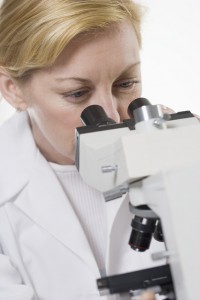
Our greatest fears usually arise not from actual incidents, but from the unknown. Your mind begins running through a series of increasingly dire scenarios that may not even be realistic. If you’ve recently received a diagnosis of cancer, understanding what’s behind it can empower you to be proactive about your care and treatment.
Early diagnosis of cancer is an important element of successful treatment. Some types, such as skin or breast, may be detected through self-examination or various medical screenings. Others are revealed via corresponding symptoms or as a result of treating another condition. This is why it’s important to keep up with annual physicals and other preventive care, even if you’re feeling healthy.
Your caregiver’s first step will be a comprehensive physical exam and thorough review of your medical history. Tests are performed on blood, stool and urine to find any abnormalities that may point toward cancer. If signs present themselves, your physician will order further tests such as CT scans, magnetic resonance imaging (MRI) or ultrasound to pinpoint the location and size of the tumor. Final confirmation comes from a biopsy, which involves removing a tissue sample from the tumor to check for the presence of cancerous cells.
A positive diagnosis leads to the step known as staging. This process involves gathering specific information about the tumor, most importantly whether it’s localized or the cells have spread to other parts of the body. You should also get a second opinion from a specialist before proceeding with treatment.
At Issels alternative cancer treatment center, our integrative approach is tailored to your individual needs. Please visit our website to learn more about our successful non-toxic immunotherapy treatments.





